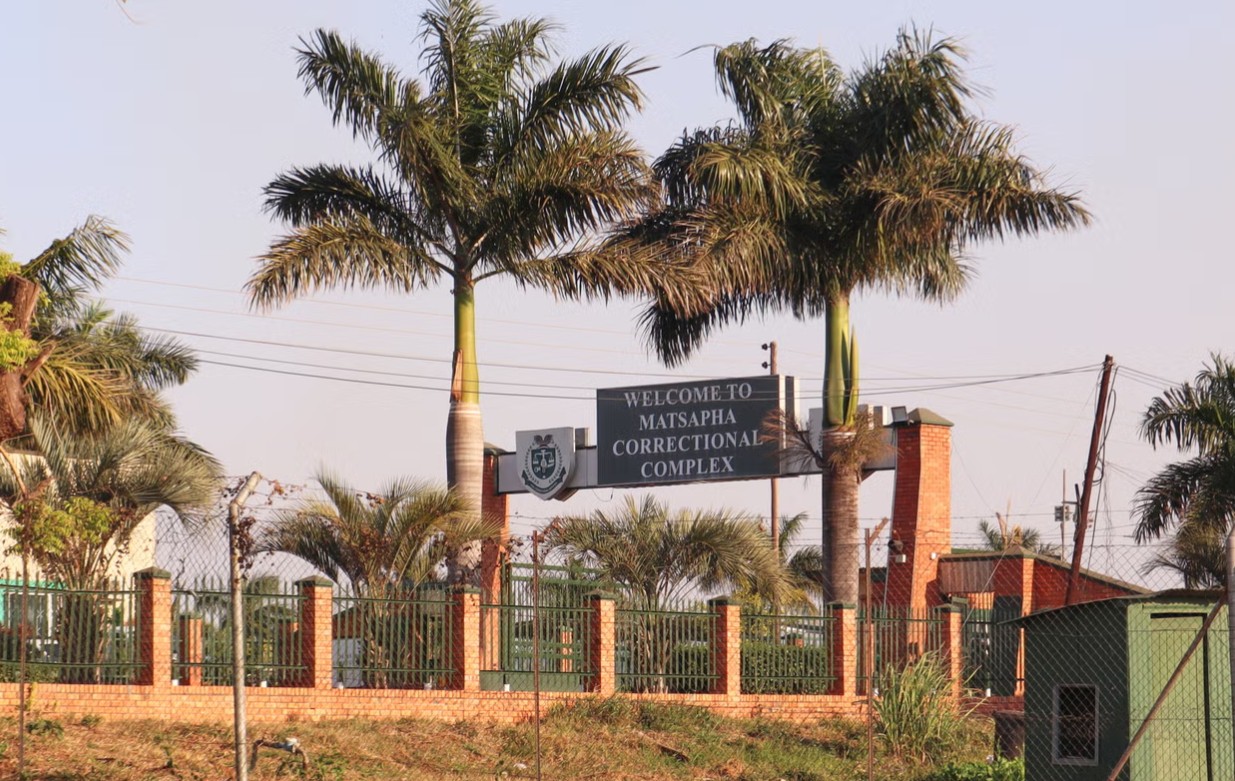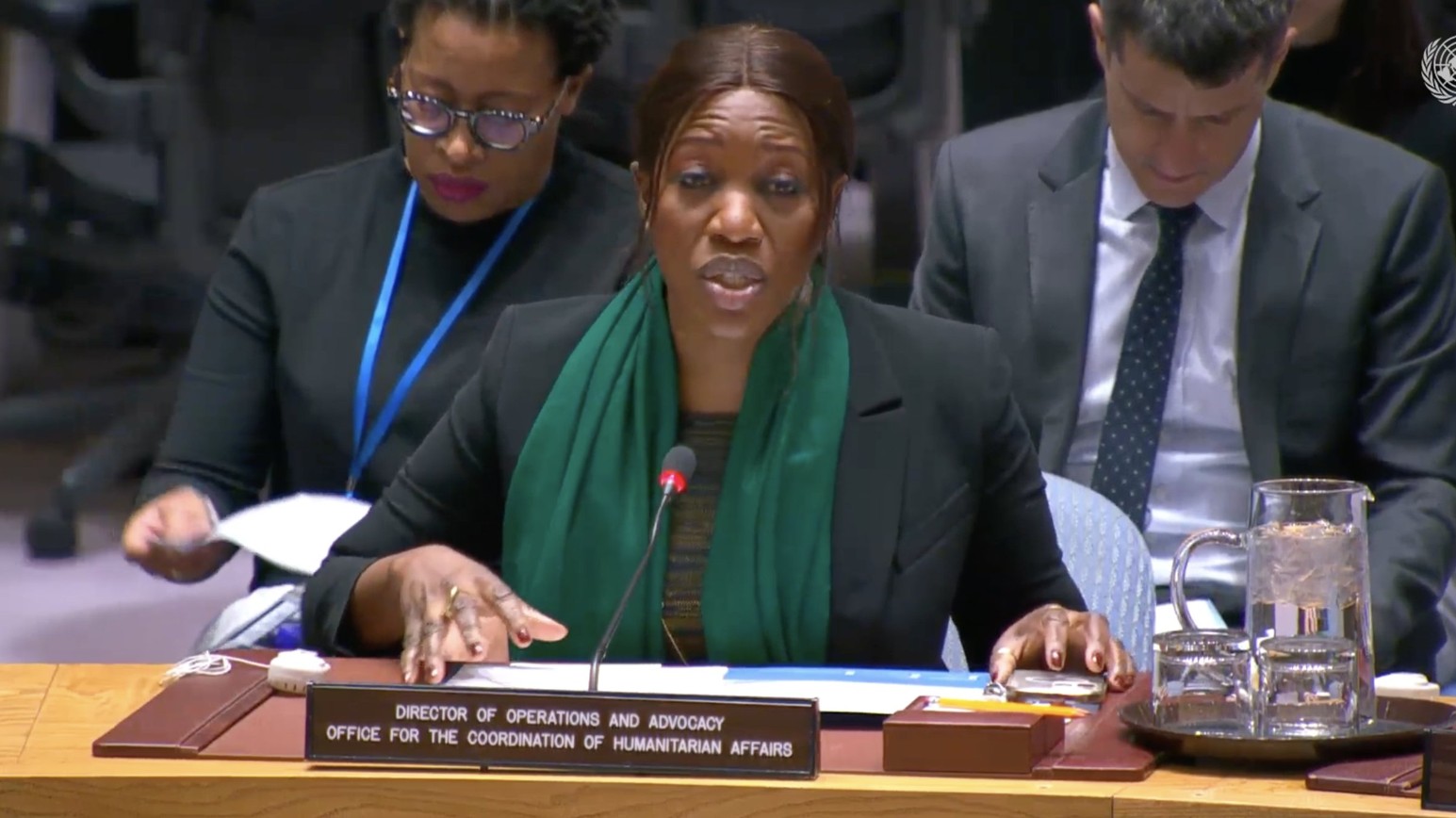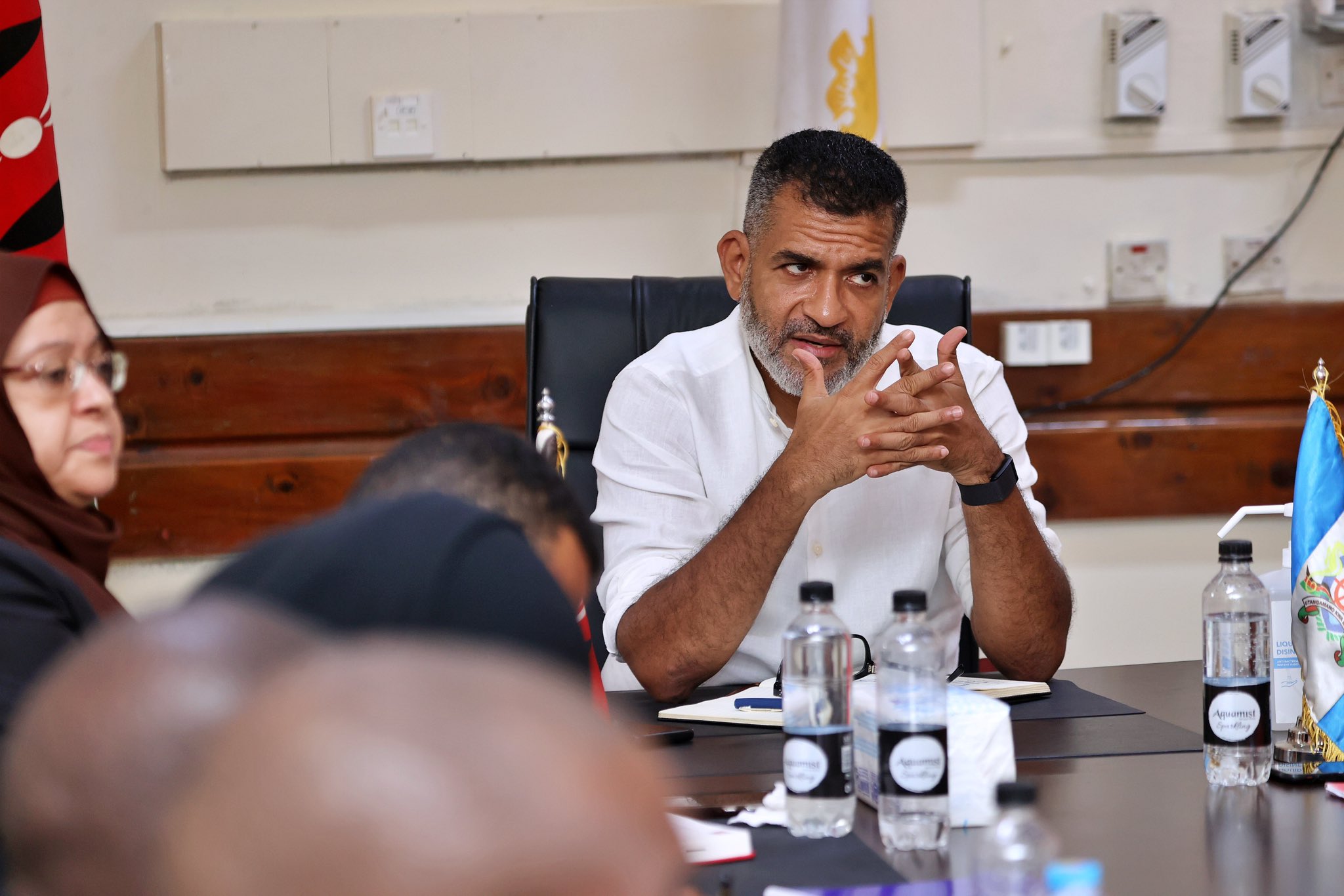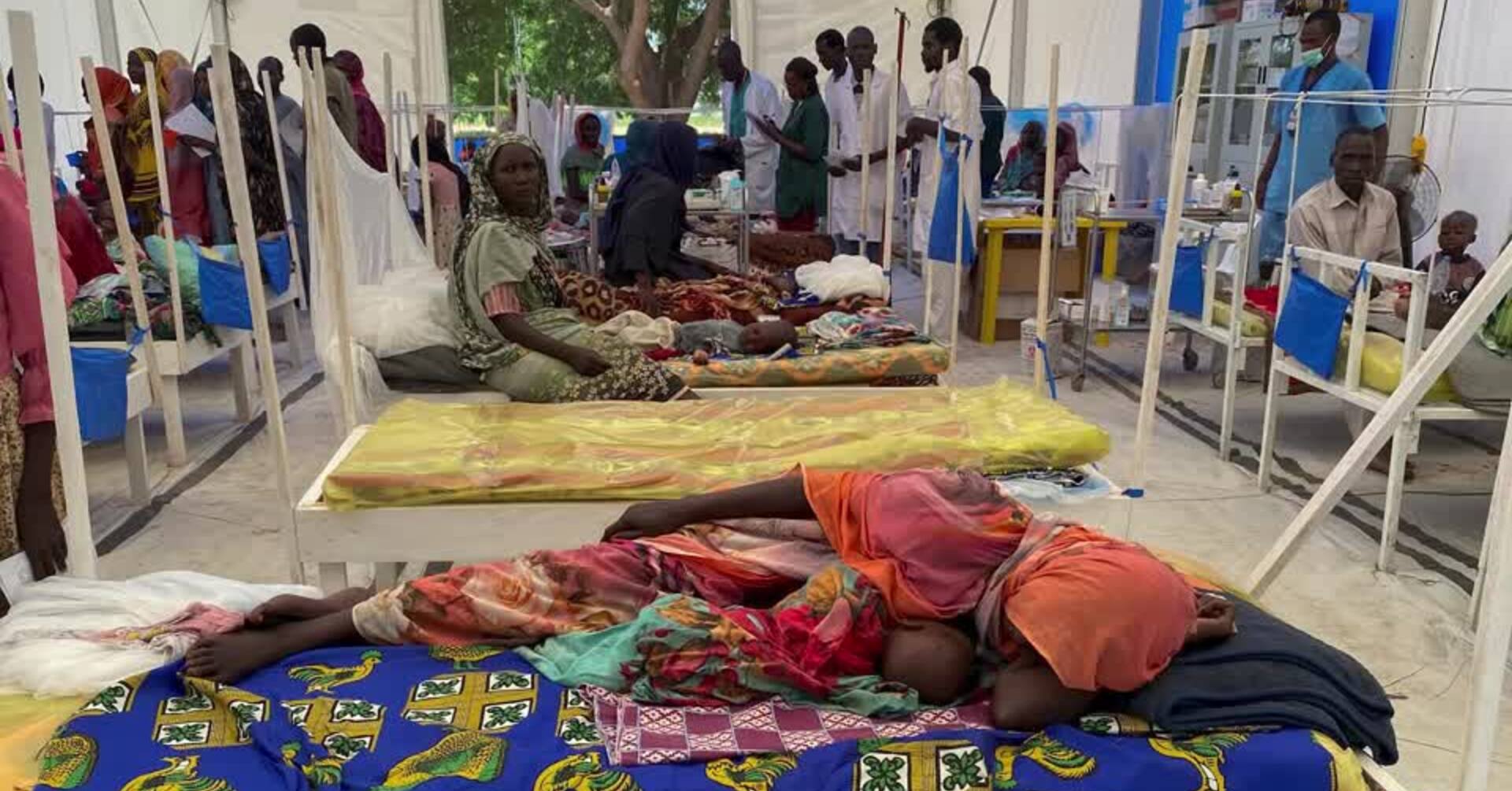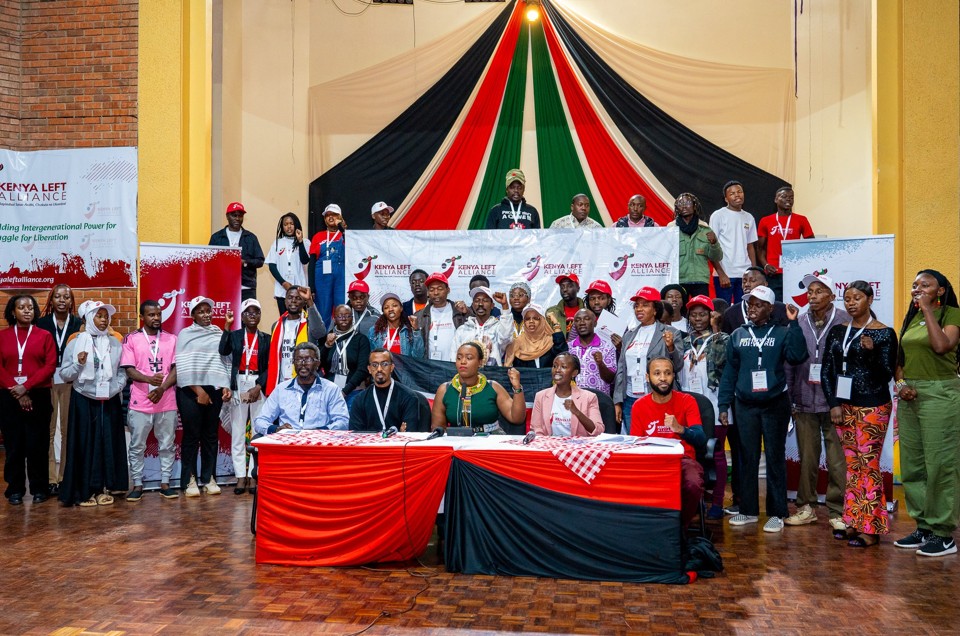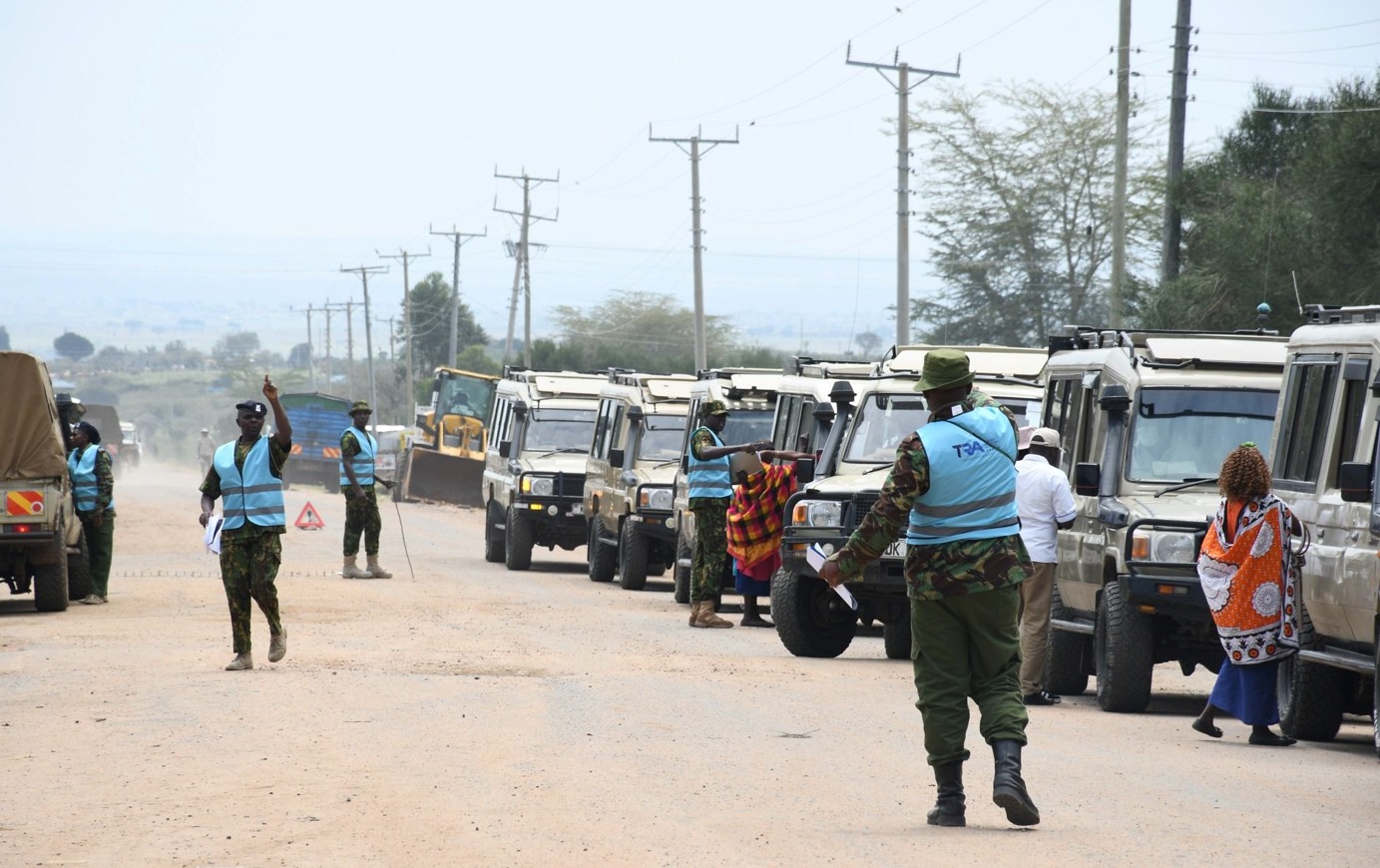250,000 Ethiopians migrate every year: What drives them and what needs to change
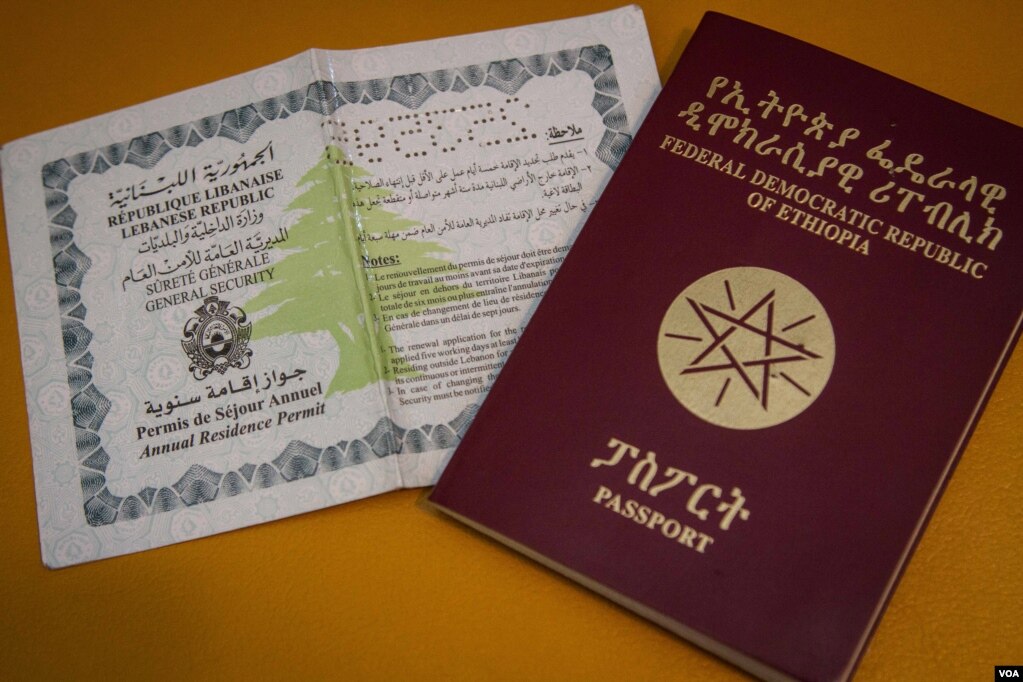
Ethiopia imposed a temporary ban on labour migration to the Gulf countries from late 2013 to early 2018 over reported abuses and deaths.
Girmachew Adugna, Addis Ababa University
More To Read
- African migration: Five trends and what’s driving them
- 23 Somali nationals killed after two boats capsized off Italian coast
- Uganda denies report of deportation deal with US for African, Asian immigrants
- Seven Ethiopian migrants die of hunger and thirst after boat engine fails
- 68 killed as African migrant boat capsizes off Yemen
- Somalia launches crackdown on human trafficking networks
Migration is increasingly replacing the traditional, education-focused life paths that shaped previous generations in Ethiopia. In the past, becoming a civil servant after completing secondary and tertiary education was seen as both socially respected and economically rewarding.
Although access to education at all levels has expanded in recent decades, its value has diminished as many graduates struggle to find employment and decent livelihood opportunities. In Ethiopia, individuals under the age of 30 comprise approximately 70 per cent of the total population, and the urban youth unemployment rate stood at around 25.3 per cent as of 2022.
The consequences are often tragic.
Irregular migration involving overcrowded and unseaworthy boats is responsible for a rising number of deaths at sea. In the first six months of 2025 alone, more than 350 migrants lost their lives while attempting the crossing over the Gulf of Aden and Red Sea from the Horn of Africa. A tragic incident on August 3 claimed the lives of around 102 migrants, most of whom were Ethiopian.
I have been studying Ethiopian migration for more than a decade. In this article, I explore why many people choose irregular migration over legal pathways. I also consider what the Ethiopian government should be doing to manage the increasing number of young people choosing to leave the country for work.
Ethiopia serves as a country of origin, transit and destination for migrants. About 250,000 Ethiopians migrate annually.
Given the human toll of irregular migration, more must be done to tackle its root causes.
Based on my research findings, creating decent job opportunities in the country is crucial, so that young people can see a future without the need to leave. At the same time, for those who do wish to migrate, legal pathways must be made more accessible, safer and more efficient.
Equally important is expanding these migration pathways beyond domestic work to include skilled and semi-skilled workers and sectors that typically employ male migrants in destination countries. Those sectors include construction, agriculture and driving.
The drivers
In the early and mid-2000s, young men could migrate legally to Gulf countries. Saudi Arabia was the preferred destination for jobs such as driving and security work. Ethiopia imposed a temporary ban on labour migration to the Gulf countries from late 2013 to early 2018 over reported abuses and deaths. During this period, many individuals migrated through irregular channels, and those patterns became entrenched over time.
The number of women migrants is increasing; however, they now account for a third of migrants on these routes.
The driving causes of migration from Ethiopia have always been complex. Factors include limited job and livelihood opportunities, conflict and instability, high unemployment, pressure from family and peers, hopes for a better life abroad, and a sense of hopelessness about a decent future at home.
In some parts of the country, a culture of migration has taken root, with migration perceived as a quick and effective way to earn income and generate broader benefits for both migrants and their families. Within these communities, having a family member abroad is increasingly regarded as a symbol of social status.
Lack of opportunities is central. It is evidenced by high youth unemployment and scarcity of quality jobs. Rural poverty, slow industrial development, and obstacles to starting businesses intensify the push factors.
Secondly, the ongoing conflict in the Amhara region and parts of Oromia, and escalating tensions in Tigray, have created insecurity and disrupted livelihoods. This makes public services inaccessible and prompts many young people to migrate in search of safety and stability. Young people in conflict-affected regions face a stark reality: either join armed conflicts that seem never-ending or struggle to make a living.
Thirdly, rules set by the government that allow Ethiopians to migrate legally have tightened. Standard requirements for applicants involve numerous documents and pre-departure training. The documents include ID cards, passports, educational qualifications, health certificates and a certification of competence. Some of these are not readily accessible to many aspiring migrants. The cost of a passport, for instance, is prohibitive for most. So instead, people are driven to irregular and often perilous migration options.
Legal migration offers limited opportunities. Existing bilateral agreements with Middle Eastern countries primarily cover domestic work, which largely absorbs women.
The routes
The route that has become common over the past decade involves crossing the Red Sea to reach Saudi Arabia through war-torn Yemen. Known as the eastern route, this path is one of the most dangerous, claiming the lives of many young men and women.
Since 2014, the International Organisation for Migration has recorded 76,524 migrant deaths worldwide. Of these, over 1,098 occurred by drowning at sea off Yemen along the eastern route. In 2021, the Ethiopian Central Statistics Service reported that over 51,000 Ethiopian migrants had gone missing after leaving the country in the previous five years.
Ethiopian migration from southern regions to South Africa – known as the southern route – is the second largest irregular migration corridor. The last is the northern route, towards Europe via Sudan, Libya and the Mediterranean Sea.
The answers
Now more than ever, Ethiopia needs to create greater economic opportunities at home. This can be done by expanding opportunities in the agriculture, industrial and service sectors. The government should also support skills training and entrepreneurship, together with access to basic services in the countryside.
Secondly, legal pathways must be expanded. This can be done by establishing more bilateral labour agreements. Currently, Ethiopia has agreements with Saudi Arabia, the UAE, Jordan, Lebanon and Kuwait. It is close to finalising one with Oman. But these agreements mostly cover domestic work.
In contrast, the Philippines has signed labour agreements with over 30 countries. These include several European countries and cover a broader range of opportunities.
Third, these agreements must expand the job opportunities that young people can apply for, for example, skilled and semi-skilled jobs in construction, retail and agriculture. This would offer young Ethiopians more diverse employment opportunities abroad.
The Conversation
Girmachew Adugna, Advisory Board Member, Research Centre for Forced Displacement and Migration Studies, Addis Ababa University
This article is republished from The Conversation under a Creative Commons license. Read the original article.
Top Stories Today



